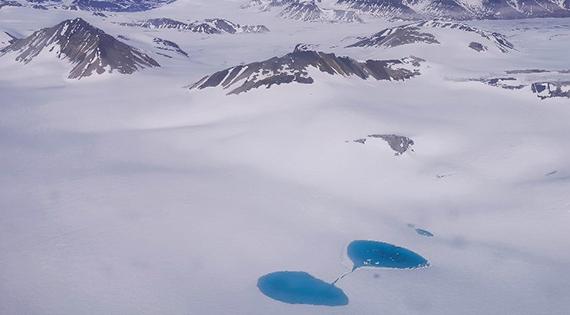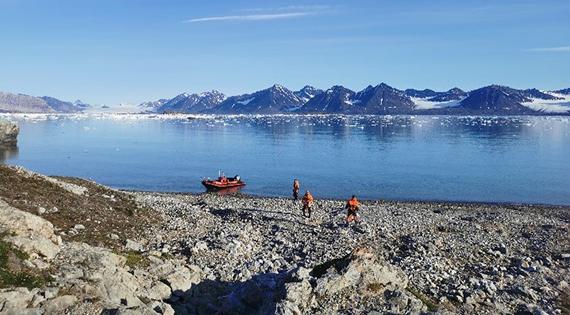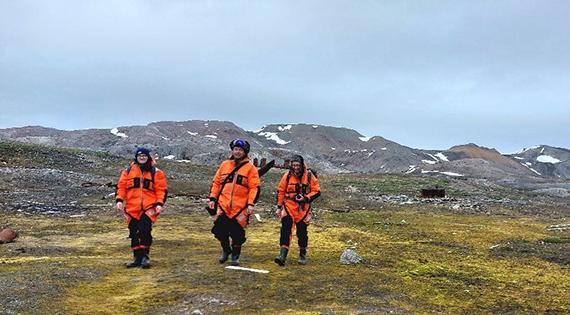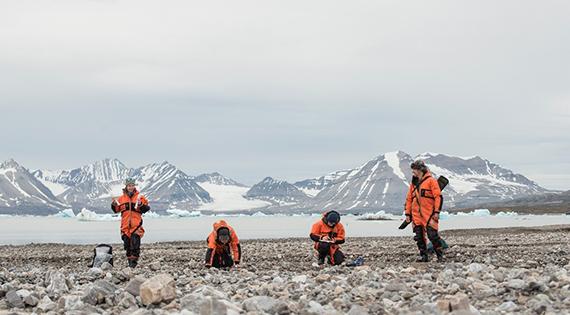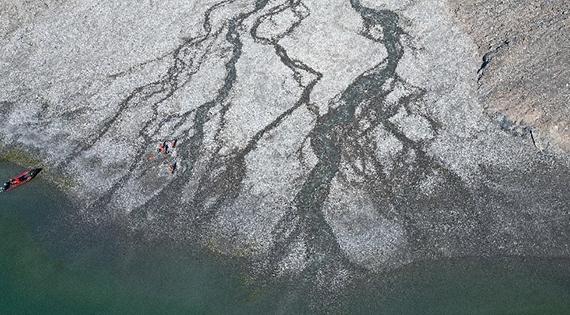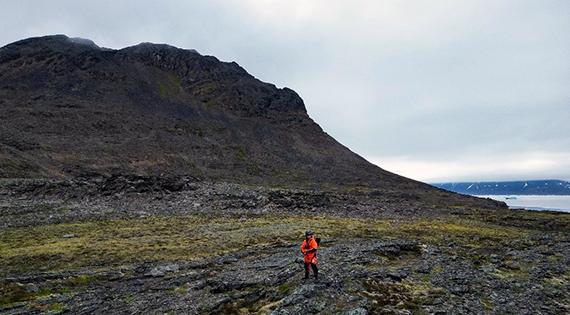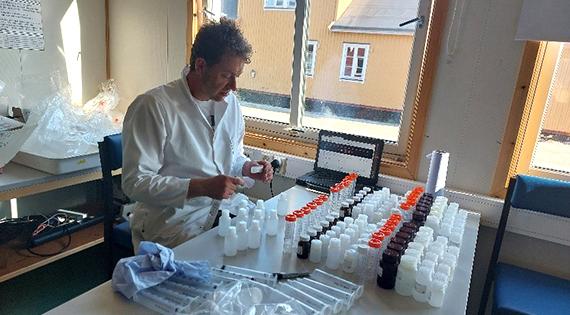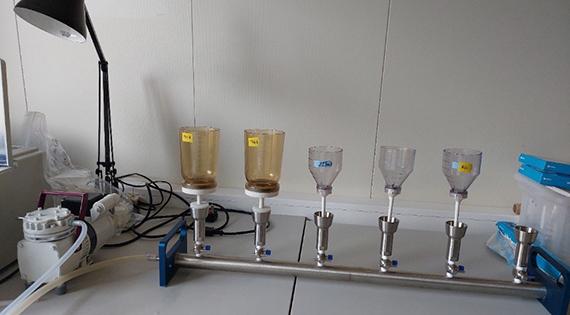A team of UK scientists travelled to Svalbard in the Arctic recently to carry out fieldwork as part of the BIOPOLE programme. Over the course of two blog posts, Alanna Grant, with help from Alex O'Brien and Bryan Spears, tells us more...
It’s been a month since our return to the UK from Ny Ålesund, Svalbard and, after a much-needed holiday, I'm able to put our epic BIOPOLE adventure into words. After re-reading the daily journal that I kept during the trip, I realised that my ramblings completely failed to capture the utter privilege it was to call this incredible place home for a month. So, in this blog post, I’ll try to paint a picture that gives readers a small window into a month of thrilling polar science. It’s a tale of an Arctic escapade involving impossibly good weather, a heroic label printer, the Poet Laureate, a squeaky winch, and fetching orange boat suits.
We received our first notification of the field campaign as far back as May 2022 and discussions about logistics began soon after. Fast forward to spring 2023 and the team had already completed a pilot field study in Loch Etive, Scotland (more on that here), and had a good idea of what we needed to accomplish in Ny Ålesund and how we would achieve it.
Our research questions
One major question in BIOPOLE is whether nutrient delivery from land-based sources is sensitive to climate change. If the balance of nutrients entering the sea changes in a warmer climate, then the impacts of climate change on polar marine ecosystems could be significant. To answer this question in Ny Ålesund, we need to track nutrients as they travel from land and glacial meltwaters, through rivers, into the Kongsfjorden inlet and out to the open ocean.
The data we collect here should tell us where the nutrients are coming from, how they are transformed as they travel through the environment, and how much of this makes it out to sea.
With six months to go until our fieldwork, we ramped up our planning. This spanned everything from rifle permits (mandatory due to polar bear threats), medical exams, and navigating the Research in Svalbard portal, to creating lab protocols, and acid-washing a mind-boggling amount of bottles and containers. I should say that none of this planning would have been possible without the help of the UK Arctic Research Station manager, Iain Rudkin, who was a lighthouse in our planning storm, always steering us in the right direction with his advice and guidance as we battered him with email after email of frantic questions.
By May we had packed up our five pallets of cargo to start their journey by ship from Bangor, Wales, to Ny Ålesund, Svalbard. By the end of June our meticulous planning was paying off and we were almost ready to depart with everything under control. That was until I was asked, with two and a half weeks notice, if I could purchase a drone for measuring river discharge, learn how to fly it, and apply for special permission to use it in Ny Ålesund, all before we left. My typical technician response to this question? Absolutely!
Come the beginning of July, I had the drone (affectionately named Droney McDroneface) packed in my bag (and one day of practice flying under my belt), and was ready to leave an admittedly less than sunny summer in the UK to travel to the world’s most northerly community.
The first four field team members met up in Longyearbyen, including Prof Chris Evans MBE, Dr Nathan Callaghan, Alex O’Brien and myself (all from UKCEH), and we journeyed further north on a plane not meant for those who suffer from aviophobia. Luckily, I’m not one of those people and I was treated to breathtaking views over mountains that rise up and ripple out of the ground, glaciers that stretch as far as the eye can see, and stunning blue-green glacial lakes that dazzled in the July sun.
